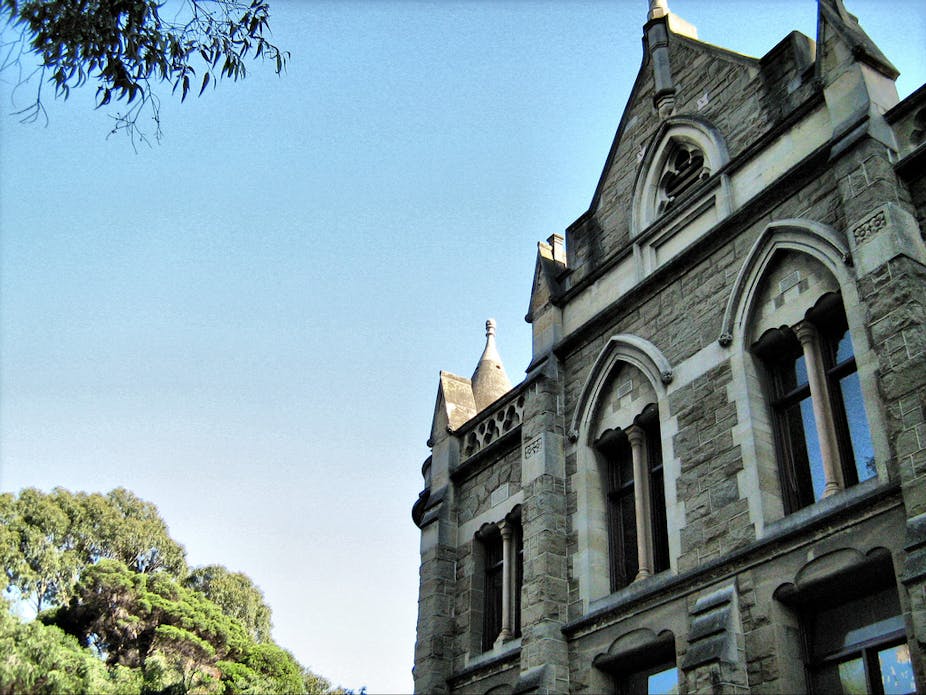The University of Melbourne has pushed out the Australian National University (ANU) to claim the number one spot in a table ranking the best universities in Australia, and has been listed among the top 60 universities in the world.
The Academic Ranking of World Universities (ARWU), run by Shanghai Jiao Tong University in China, produces an annual list of the top research universities globally and the top universities by country. It is widely respected in academic circles.
Their 2011 list puts University Melbourne at number one in Australia and number 60 globally, up two spots on their 2010 ranking.
The ANU was listed as Australia’s second-best, but fell to number 70 on the global list, down from number 59 on last year’s ranking table.
The University of Queensland scored bronze in Australia, pushing out last year’s third-place getter, University of Sydney, to number four in Australia.
Harvard University was listed as the number one university in the world in 2011.
Professor Simon Marginson from the University of Melbourne’s Centre for the Study of Higher Education – who is also on the Advisory Board of the Shanghai Jiao Tong University ARWU – said the rigorous ranking system was based on standardised published quantitative data such as frequency of publication in journals, citations, number of Nobel Prize winners.
Moving inside the top 60 was a good improvement for the University of Melbourne but the Australian National University’s reputation may suffer for its 11-spot fall, he said.
“What it reflects is the loss of one or more high citation researchers (people in top 250-300 in the field, which makes up 20% of ARWU index) and a decline in the number of published articles in Nature and Science,” he said.
“High citation researchers are hard to replace. ANU was always the strongest Australian university in that area but might now be slipping.”
ANU has a policy of not commenting on rankings and declined to comment for this article.
Overall, Australia produced 19 universities in the top 500, which Professor Marginson said was an excellent result for a nation of its population and GDP.
“On this basis, Australia is on par with other countries with good spread like UK, Switzerland, Germany and Canada, and has a better spread of capacity relative to national size than does the USA,” he said.
“Australia, however, lacks top 50 universities, whereas Canada has two – Toronto at 26 and British Columbia at 37 – and the UK has four. We need to build stronger globally potent research concentrations, without taking resources away from broad capacity. Canada has a better policy approach as it achieves both objectives.”
While ranking tables such as the ARWU and the Times Higher Education World University Rankings can give a picture of the research capabilities of universities, they do not necessarily reflect the quality of teaching and learning, Professor Marginson said.
“I don’t think any of the composite rankings that combine heterogeneous indicators of research outcomes, funding, staffing and student numbers into one league table are satisfactory. None measure teaching and learning quality,” he said.
“In particular, mixing reputation measures and material measures – mixing objective and subjective qualities – is conceptually flawed.”

